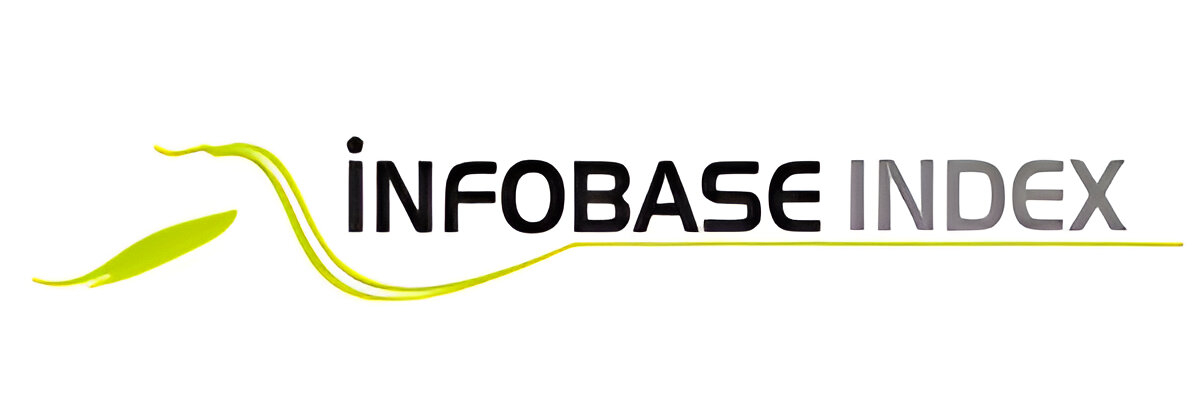A CORONA RECOGNITION METHOD BASED ON VISIBLE LIGHT COLOUR AND MACHINE LEARNING
Abstract
Visual images: can they detect gas electric discharge states? The article describes a novel approach that uses
four machine learning algorithms to extract color, brightness, and shape information from visible digital camera
photos to develop various detection models for distinct corona discharge states. All models are evaluated on
fresh photos to determine their performance. SVM, KNN, SLP, and DT are four machine learning algorithms.
Traditional discharge image study in the present system focused on qualitative factors like shape, light intensity,
etc. However, few quantitative assessment studies exist. With computer technology, digital image processing
methods have been widely used to study discharge characteristics like breakdown paths, discharge area, etc.,
especially in ultraviolet (UV), which can help solve complex problems using statistical methods or fractal
theory. High-speed camera pictures (nanosecond time scale) may show certain features of a single discharge, but
gas discharge remains random under the same macroscopic physical circumstances.
We use machine learning methods to extract color, brightness, and form from visual pictures to develop various
detection models of distinct corona discharge states. In the second half, corona discharge experiments are
introduced. In the third section, the three main colors [red, green, and blue (RGB)] gray level histogram (RGBGLH)
of visual pictures will be presented, along with the method of using machine-learning algorithms to assess
visual image characteristics. In the fourth section, we compare our model's predictions.











